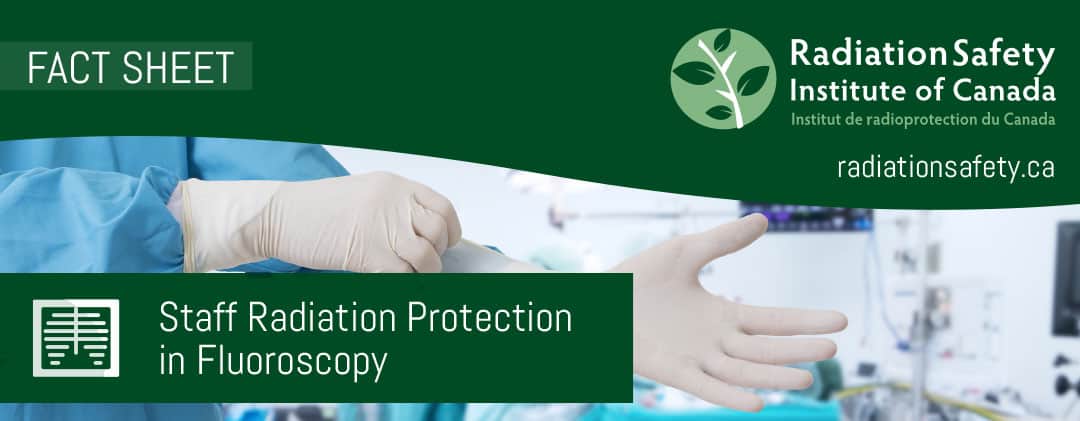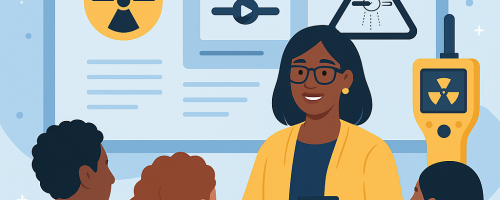What is the best place to stand during a fluoroscopic procedure?
Radiation scattered from the patient is the main source of radiation dose to staff. Scattered radiation from a patient’s body is more intense at the entrance side of X ray beam, i.e. on the side where the X ray tube is located. It is therefore better to stand on the exit side of the detector and not on the X ray tube side during a fluoroscopic procedure.
Are lead aprons effective for fluoroscopic work?
Lead aprons are an effective means of personal radiation protection and must be worn by all staff in a fluoroscopy suite. Lead aprons normally reduce the dose received to the area shielded by over 90% depending on the energy of the X rays (i.e., kV setting) and the lead equivalent thickness of the apron. When the x-ray beam is directed through a thick part of the patient (or at an angle through a thinner part) the system will automatically select a higher kV and thus staff will be exposed to more scattered radiation. The lead apron will provide less protection when the beam is of higher kV.
Should I wear lead gloves during fluoroscopic work?
Not in general. Leaded gloves can potentially reduce the dose to the hands by 15%-30% as long as the hands remain outside the primary X ray beam. However, if gloves are worn and a hand is placed in the primary beam, the automatic exposure control system may increase both kV and mA, which increases the dose to the hands, as well as patient and staff dose. Moreover, use of lead gloves as been shown to provide a false sense of security, which eliminates the potential benefit of wearing them.
Is there a risk for developing radiation-induced cataract?
This is an important issue that has only recently come to light. Until recently, scientists thought that a minimum of 2000 mSv acute dose and 8000 mSv of chronic dose would be needed to induce a cataract. At these values, many radiation experts did not believe it was necessary for staff involved in fluoroscopic procedures to wear eye shielding (i.e., leaded glasses). However, recent studies have suggested that much lower levels of radiation dose (500 mSv) may be able to produce eye damage leading to cataract. It is now considered important to wear eye protection in the fluoroscopy suite if you are going to be involved on any kind of regular basis, as there is now thought to be a significant risk of lens opacity. Note that it is important to select eye protection that shields not only from the front, but from the sides.
Are staff and patient dose related?
Yes. If patient dose is high, there will also be high scatter dose in the room, which will effect staff dose. If the operator does not attempt to minimize patient dose, then he/she is also not minimizing their own dose and the dose of all support personnel in the room.







